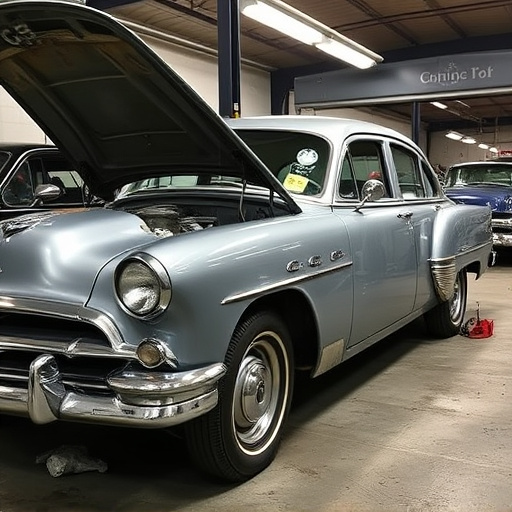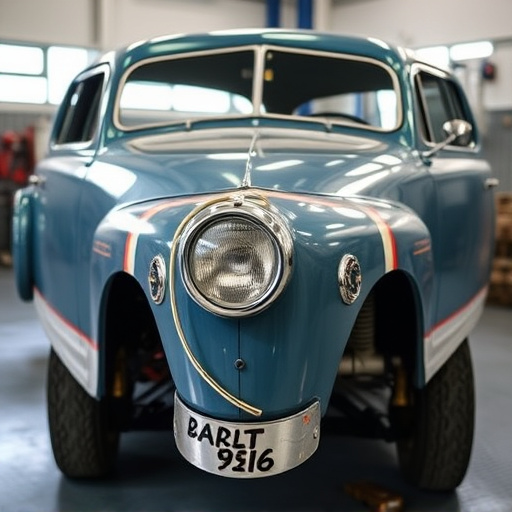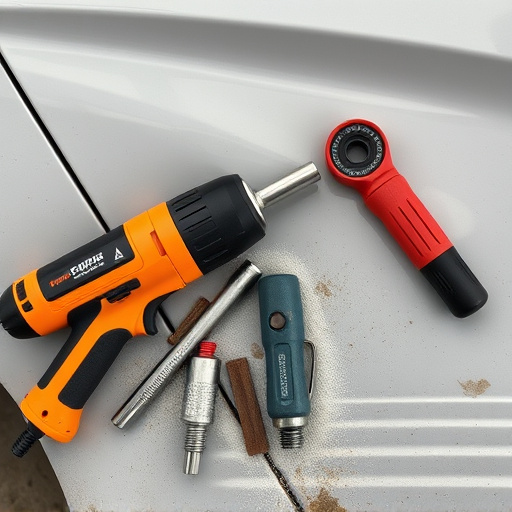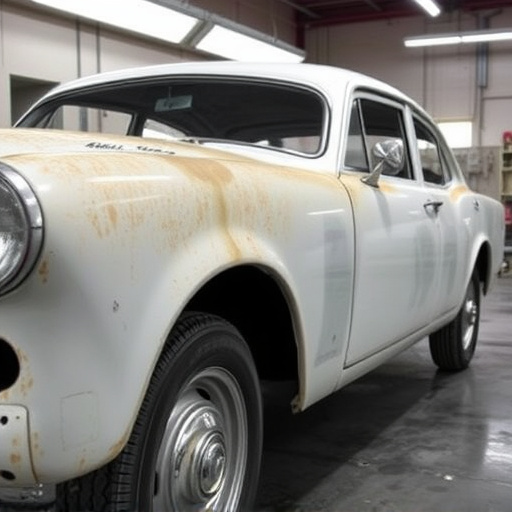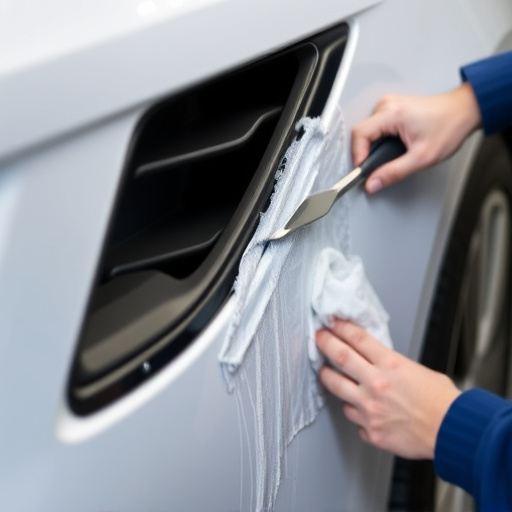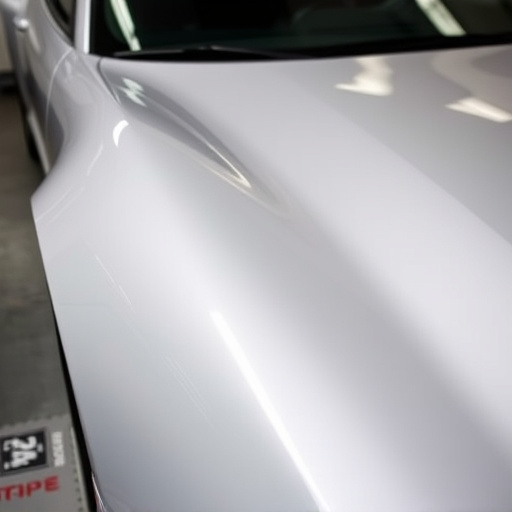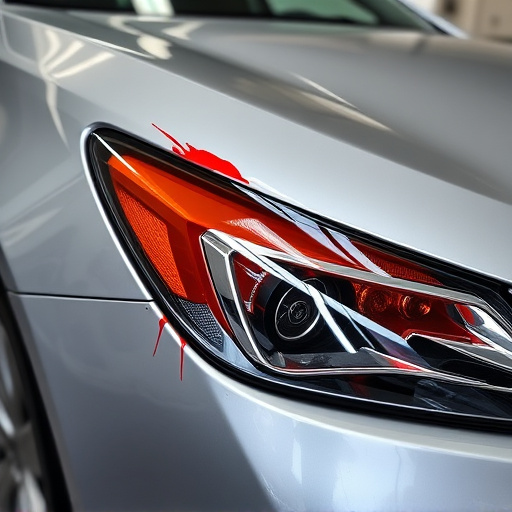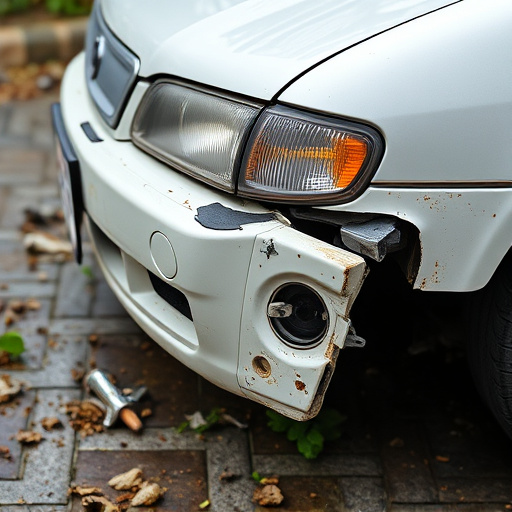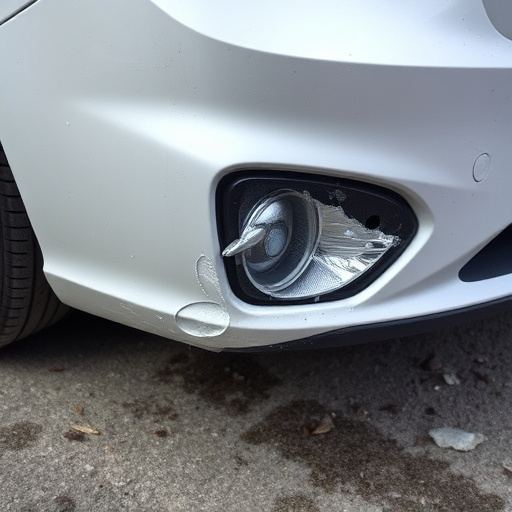Mercedes Active Brake Calibration (ABC) is a critical safety feature requiring regular checks after minor accidents. Body shops use advanced tools to analyze ABC data, ensuring optimal braking performance and driver safety by identifying and rectifying any discrepancies from standard specifications. This meticulous process is essential for classic car restoration projects, enhancing overall collision repair outcomes.
After a collision, a thorough post-collision inspection is crucial for ensuring vehicle safety. One critical aspect is checking the Mercedes Active Brake Calibration (ABC). This advanced system plays a vital role in preventing accidents and enhancing braking performance. In this article, we’ll explore how ABC is calibrated, the process of post-collision testing, and what results indicate about your Mercedes’ braking system. Understanding these elements is essential for maintaining optimal vehicle safety.
- Understanding Mercedes Active Brake Calibration
- Post-Collision Inspection Process Explained
- Checking and Interpreting Calibration Results
Understanding Mercedes Active Brake Calibration
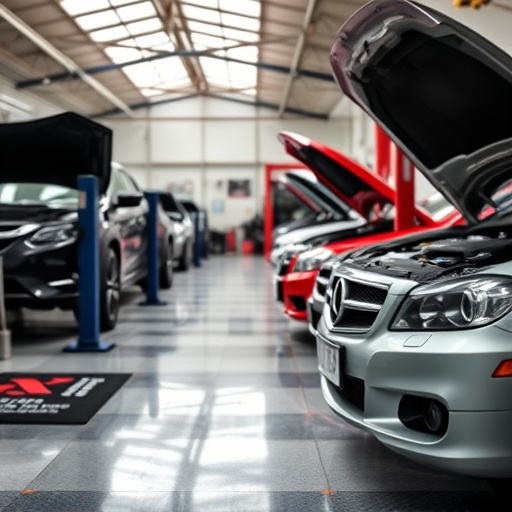
Mercedes Active Brake Calibration is a critical safety feature designed to prevent collisions and protect drivers. It works by using sensors to detect potential hazards and automatically applying the brakes to mitigate or avoid an impact. This sophisticated system requires precise calibration to ensure optimal performance, which is why it’s a key aspect of post-collision inspections.
During a post-collision inspection at a reputable automotive body shop, tire services are checked alongside other components, including Mercedes Active Brake Calibration. This ensures that the car’s braking system remains functional and effective after any incident. A well-calibrated active brake system can significantly enhance safety, making it an essential part of vehicle maintenance, especially for classic car restoration projects where meticulous attention to detail is paramount.
Post-Collision Inspection Process Explained
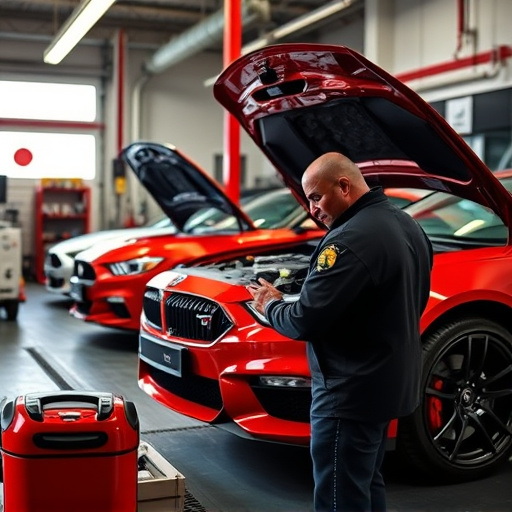
After a vehicle collision, especially what’s colloquially known as a “fender bender,” the post-collision inspection process plays a pivotal role in ensuring safety and effectiveness of the car’s systems. This meticulous check includes a detailed examination of the Mercedes Active Brake Calibration (MABC), a critical component for modern automotive safety.
During this inspection, technicians utilize specialized equipment to evaluate the MABC system, which is responsible for managing the vehicle’s braking performance post-collision. The process involves verifying the accuracy and stability of the calibration settings, ensuring that the brakes respond optimally in the event of another impact or emergency stop. An automotive body shop conducting such inspections employs trained professionals who understand the intricacies of these systems, enabling them to recommend and implement necessary repairs for optimal vehicle collision repair outcomes.
Checking and Interpreting Calibration Results

After gathering data from the Mercedes active brake calibration check during post-collision inspection, interpreting the results is a crucial step in ensuring safe and effective braking systems. This process involves meticulous analysis of various parameters such as sensor readings, brake fluid pressure, and response time to determine any anomalies or deviations from the standard specifications. Any discrepancies could indicate issues with the anti-lock braking system (ABS), electronic stability control (ESC), or other critical components.
Automotive body shops specializing in collision repair often conduct these calibrations using advanced diagnostic tools. By comparing the measured values against pre-established norms, technicians can quickly identify if a vehicle’s active brake systems require adjustments or repairs. This meticulous procedure is essential not only for safety but also to maintain optimal performance, ensuring that tire services and overall vehicle handling remain at peak levels even after accidents.
Mercedes Active Brake Calibration is a vital safety feature that undergoes rigorous checks during post-collision inspections. Understanding this process is essential for ensuring the reliability of autonomous braking systems in modern Mercedes vehicles. By employing precise methods to evaluate and interpret calibration results, mechanics can effectively navigate the complexities of active brake systems, enhancing road safety and peace of mind for drivers. Regular maintenance and timely repairs based on these checks are key to keeping Mercedes’ advanced braking technology operating at its peak performance.
